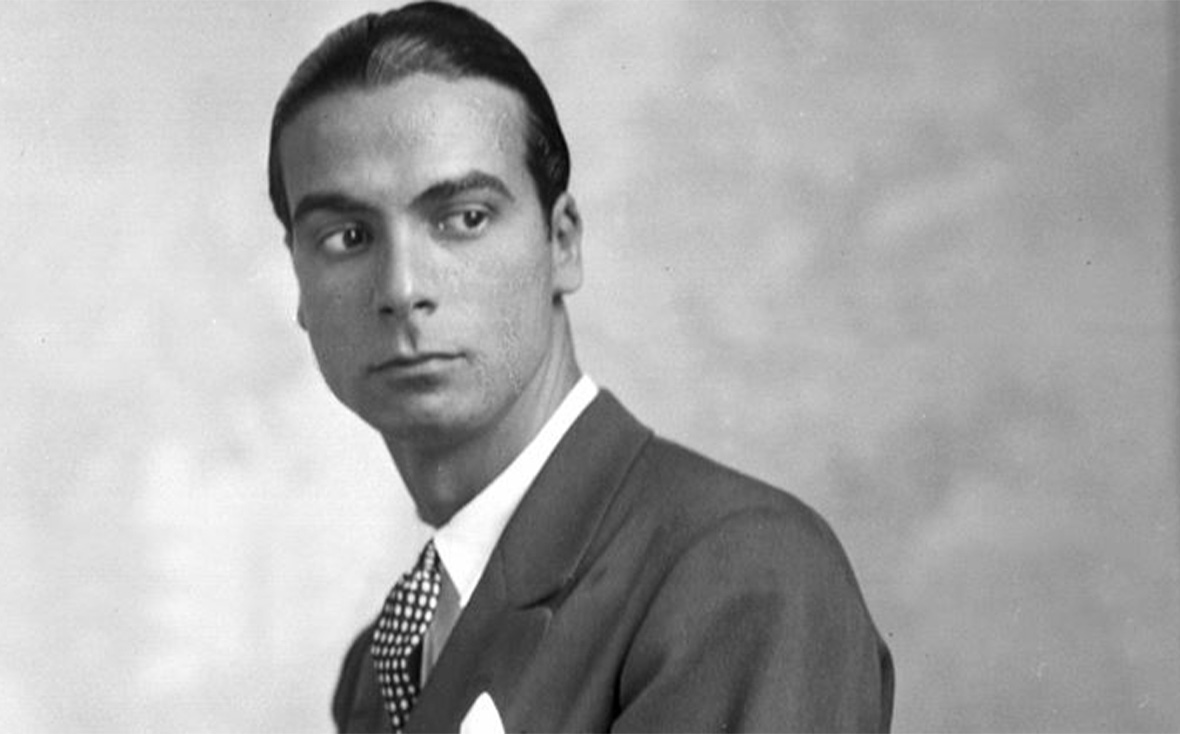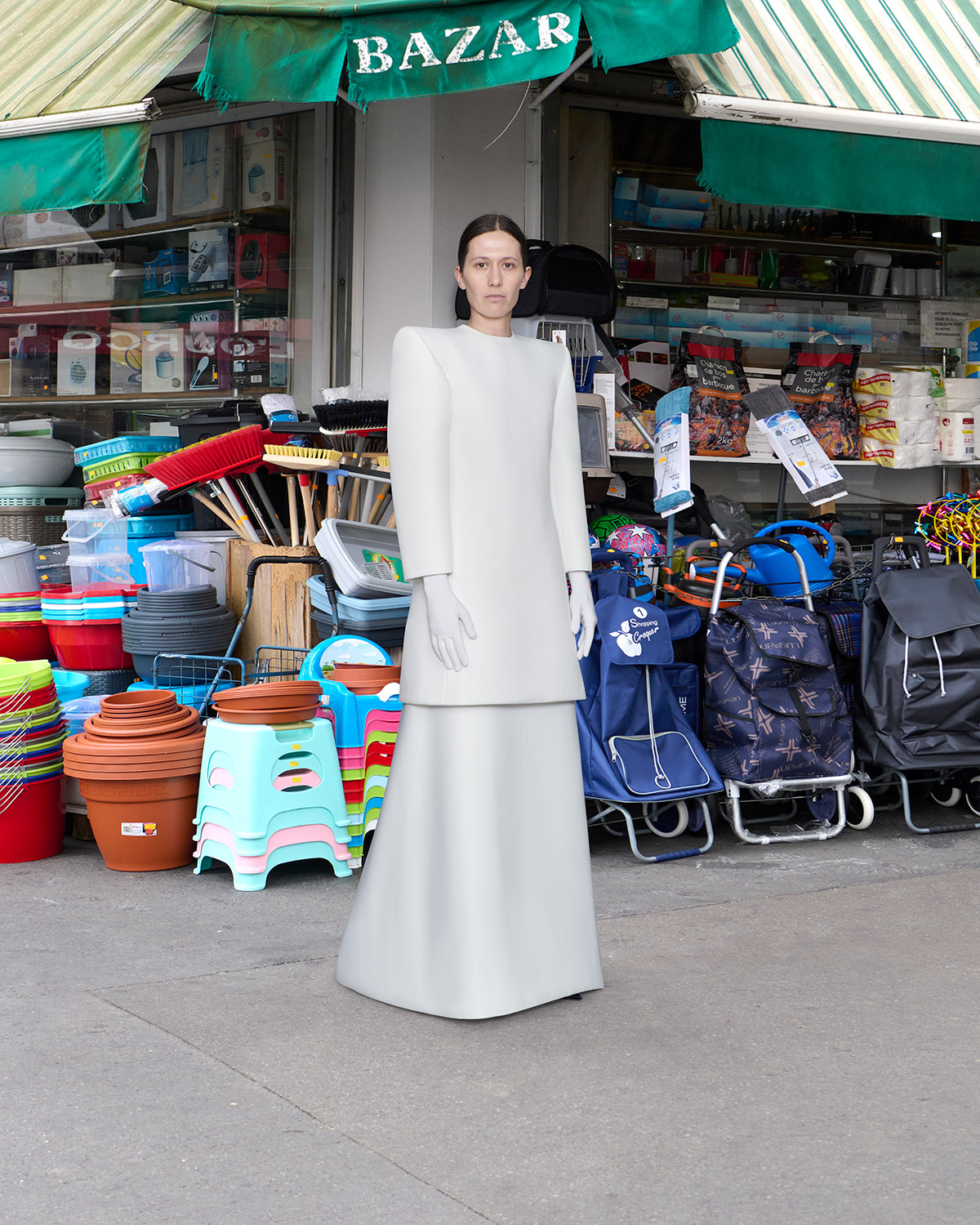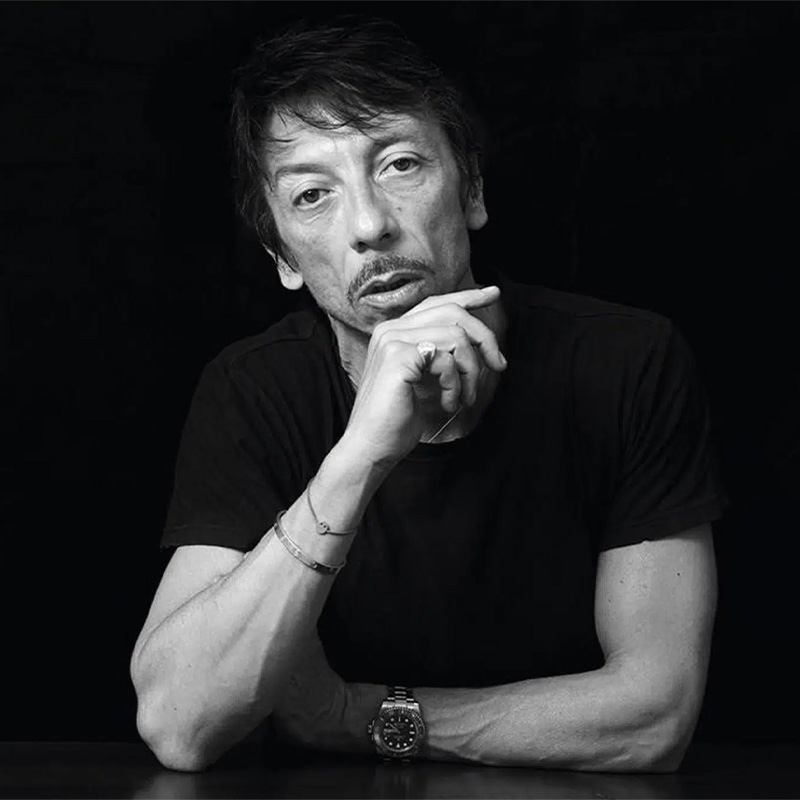Cristóbal Balenciaga

Cristóbal Balenciaga, the original master of form, redefined what high fashion could be. Born in 1895 in the coastal village of Getaria, Spain, Balenciaga was a quiet force whose vision reshaped women’s silhouettes throughout the 20th century. He grew up in the presence of his seamstress mother, learning the craft as he watched her work. By his teenage years, the Marquesa de Casa Torres, one of the prominent figures of his town, recognized his talent and helped him pursue formal training in Madrid. From there, Balenciaga took off, building an early career designing for Spain’s elite before ultimately moving to Paris when the Spanish Civil War interrupted his growing business.
Paris, the epicenter of fashion, was where Balenciaga truly made his mark. In 1937, he held his first show, which echoed with Spanish Renaissance influences—a nod to his roots. This was no ordinary debut. Buyers and clients soon clamored for his radical new shapes, notably his square coat and his penchant for inventive color combinations like black lace over pink. While Christian Dior celebrated the hourglass silhouette of the post-war era, Balenciaga went his own way. He dropped waistlines, toyed with shapes, and introduced pieces like the sack dress, cocoon coat, and the baby doll dress, all of which set a new precedent for how clothing could move and flow around a woman’s body, rather than restricting it.
Balenciaga’s approach to structure was nothing short of revolutionary. He wasn’t just sketching ideas—he was a hands-on craftsman, draping, cutting, and fitting every detail himself. This meticulous control gave his garments a kind of architectural fluidity that felt both avant-garde and natural. His innovation extended beyond design to the very fabric he used. Partnering with Abraham, a Swiss textile house, he co-created silk gazar, a material that became central to his creations, lending stiffness to his iconic balloon shapes while retaining an elegant grace.
When Balenciaga closed his atelier in 1968, it marked the end of an era, yet his influence rippled on, shaping the visions of his proteges, from Courrèges to Ungaro. Even now, the house of Balenciaga, under the creative direction of designers like Demna Gvasalia, carries forward the spirit of audacity and innovation that Cristóbal instilled. His legacy lies in the way his clothes empowered women—not by demanding perfection from their bodies but by elevating them through design. A true couturier, Balenciaga created garments that made women look and feel extraordinary.

